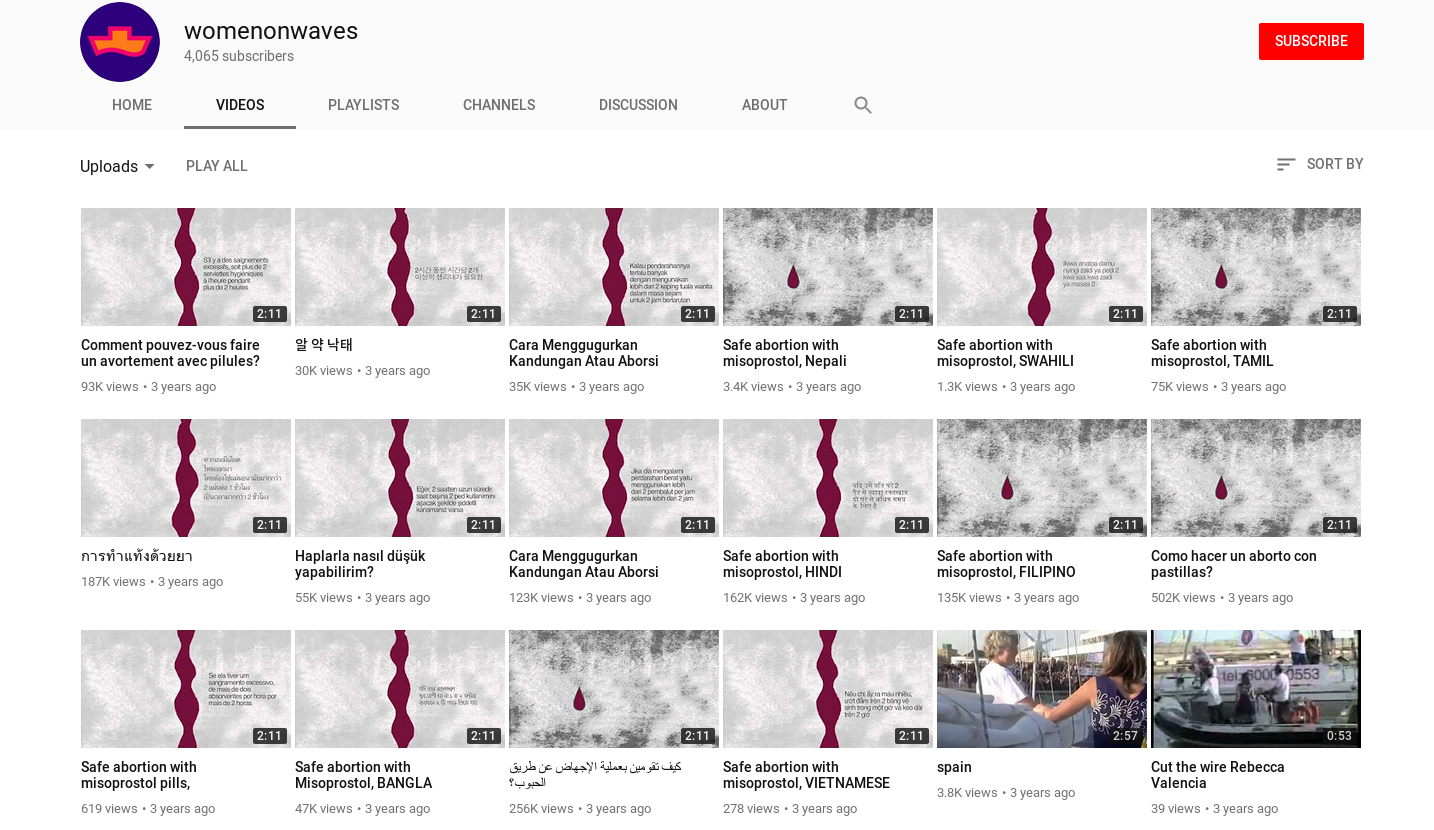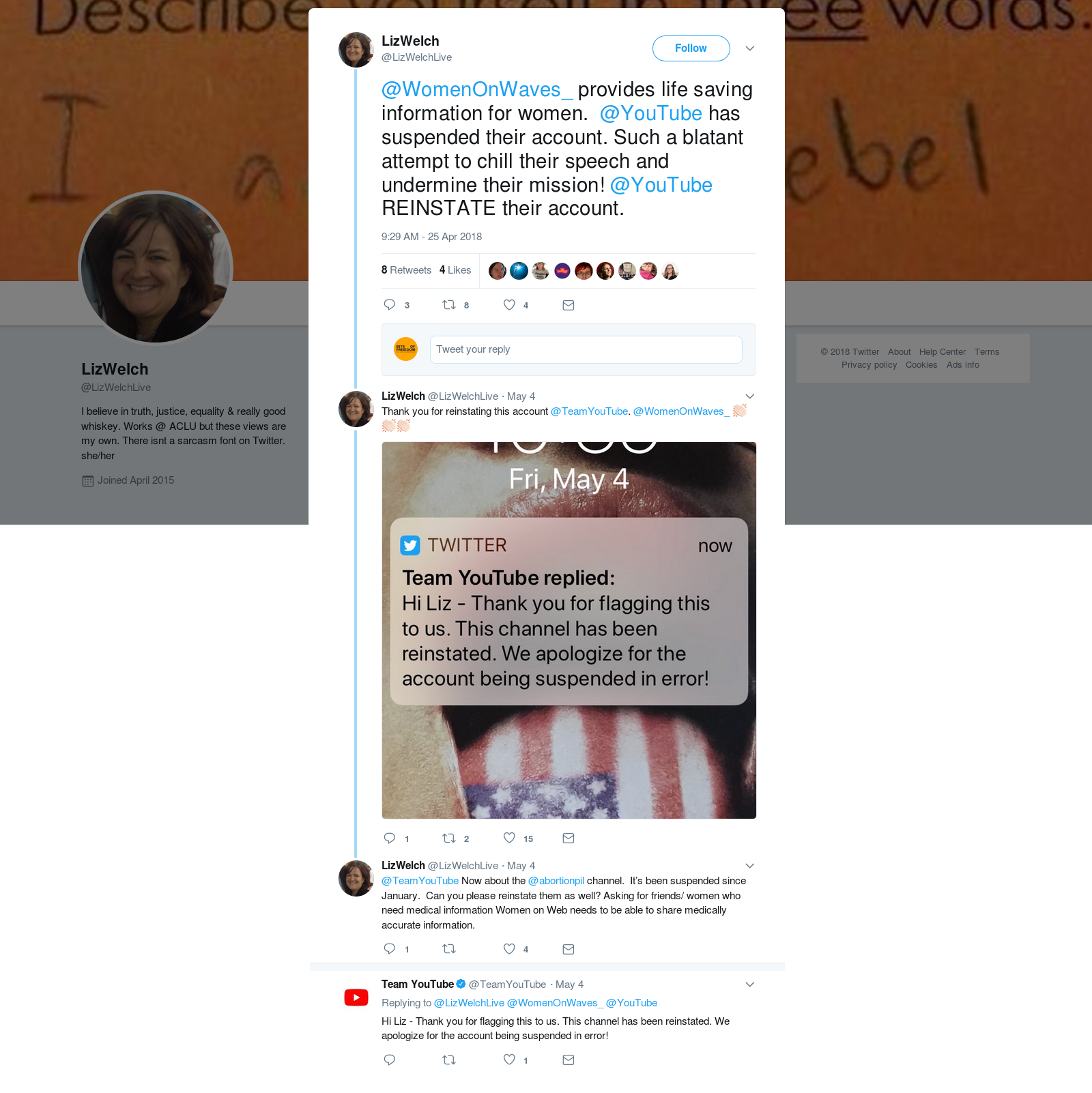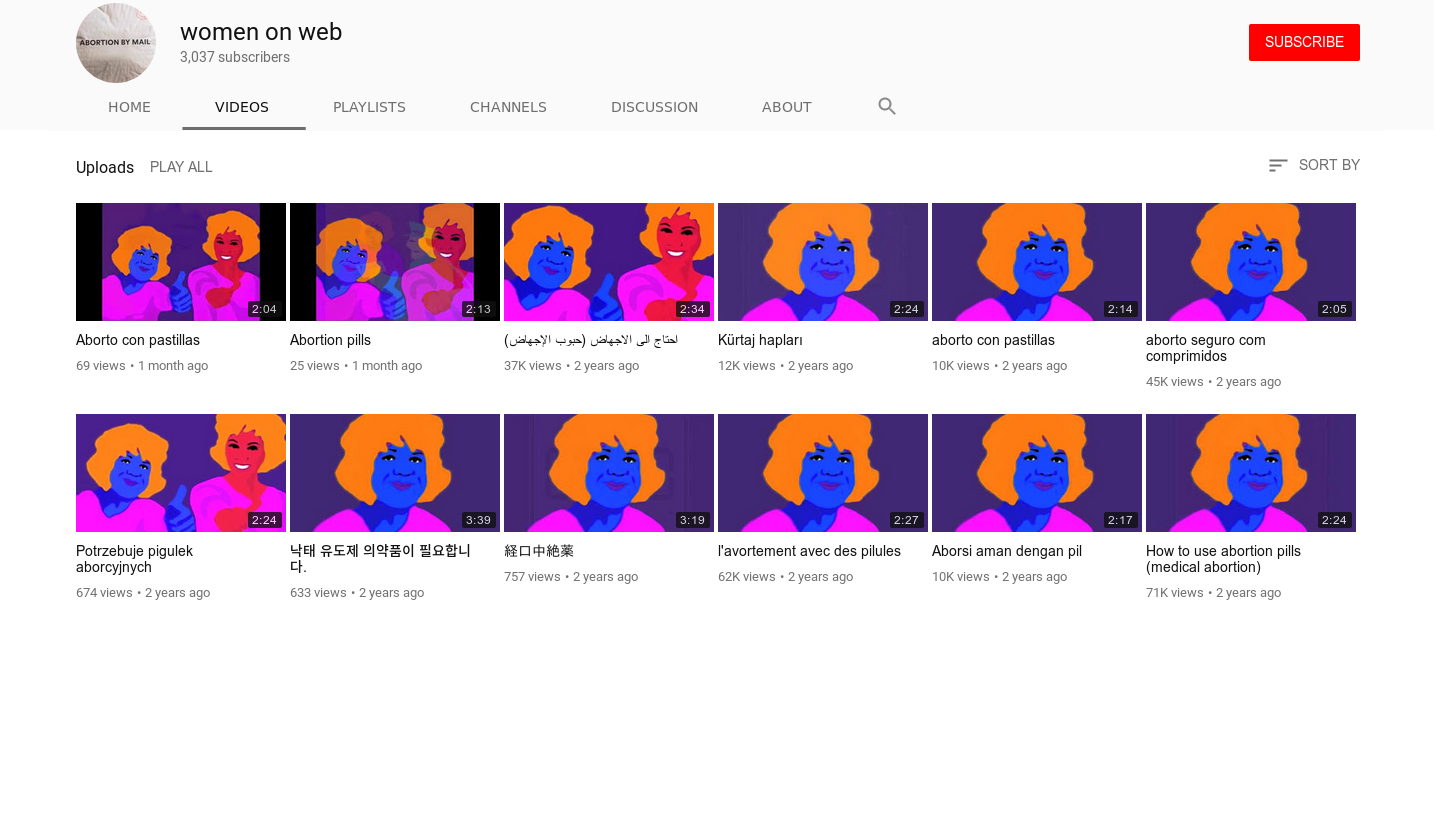Women on Waves’ three YouTube suspensions this year show yet again that we can’t let internet companies police our speech
Thirty days before Ireland’s referendum, YouTube makes unavailable Women on Waves’ videos with reliable medical information on safe abortion.
YouTube's mission is "to give everyone a voice". It doesn't hesitate to rob you of it, too.
If you don’t already have friends in high places (or at newspapers), start making them now – you’ll be needing them.




